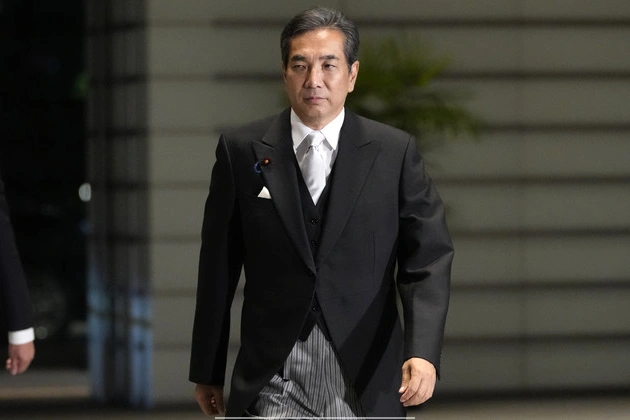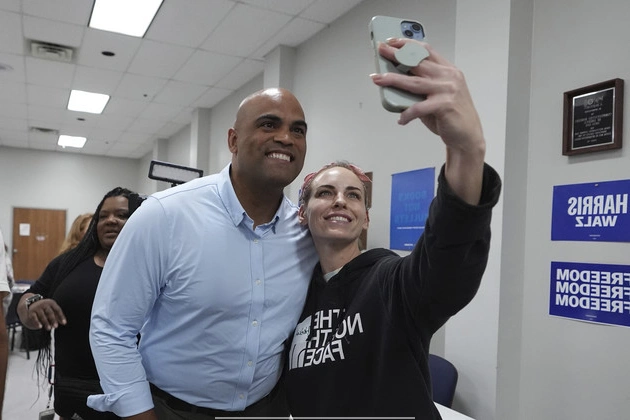
The Rice Scandal and Its Consequences
TOKYO — Japan’s agriculture minister resigned Wednesday due to the controversy surrounding his remarks about receiving rice as gifts instead of buying it. This incident sheds light on the challenges faced by the public amidst soaring rice prices, a staple food in Japan.
The resignation of Taku Eto, the agriculture minister, could have political repercussions for Prime Minister Shigeru Ishiba’s government, especially with an upcoming national election. The need to address the high rice prices and ensure an adequate supply were cited as reasons for Eto’s resignation.
Government’s Efforts and Challenges
The government has taken steps to address the rice crisis by releasing rice from emergency stockpiles. However, these measures have not been sufficient to alleviate the situation. Eto clarified that while he does purchase white rice, his comments referred to brown rice, which he believes can be a quicker market solution.
Eto’s potential successor, Shinjiro Koizumi, aims to continue the efforts to enhance food security and self-sufficiency in Japan. Ishiba’s proposed agricultural reforms focus on increasing rice production and potential exports, although critics urge immediate action to resolve the ongoing rice crisis.
Root Causes and Solutions
The rice shortage in Japan stems from various factors, including poor harvests due to weather conditions and increasing production costs. Some experts attribute the crisis to long-standing government policies on rice production. The release of emergency rice stockpiles was an attempt to address distribution issues, highlighting the complexities of the situation.
While the government denies a current rice shortage, the challenges in ensuring rice reaches consumers persist. The impact of the crisis underscores the importance of sustainable agricultural practices and policies to mitigate future supply disruptions.
Looking Ahead
The rice crisis in Japan reflects broader issues of food security and agricultural sustainability. As the government navigates the challenges posed by fluctuating rice prices and supply chain disruptions, a comprehensive approach that addresses both short-term needs and long-term resilience is essential.











